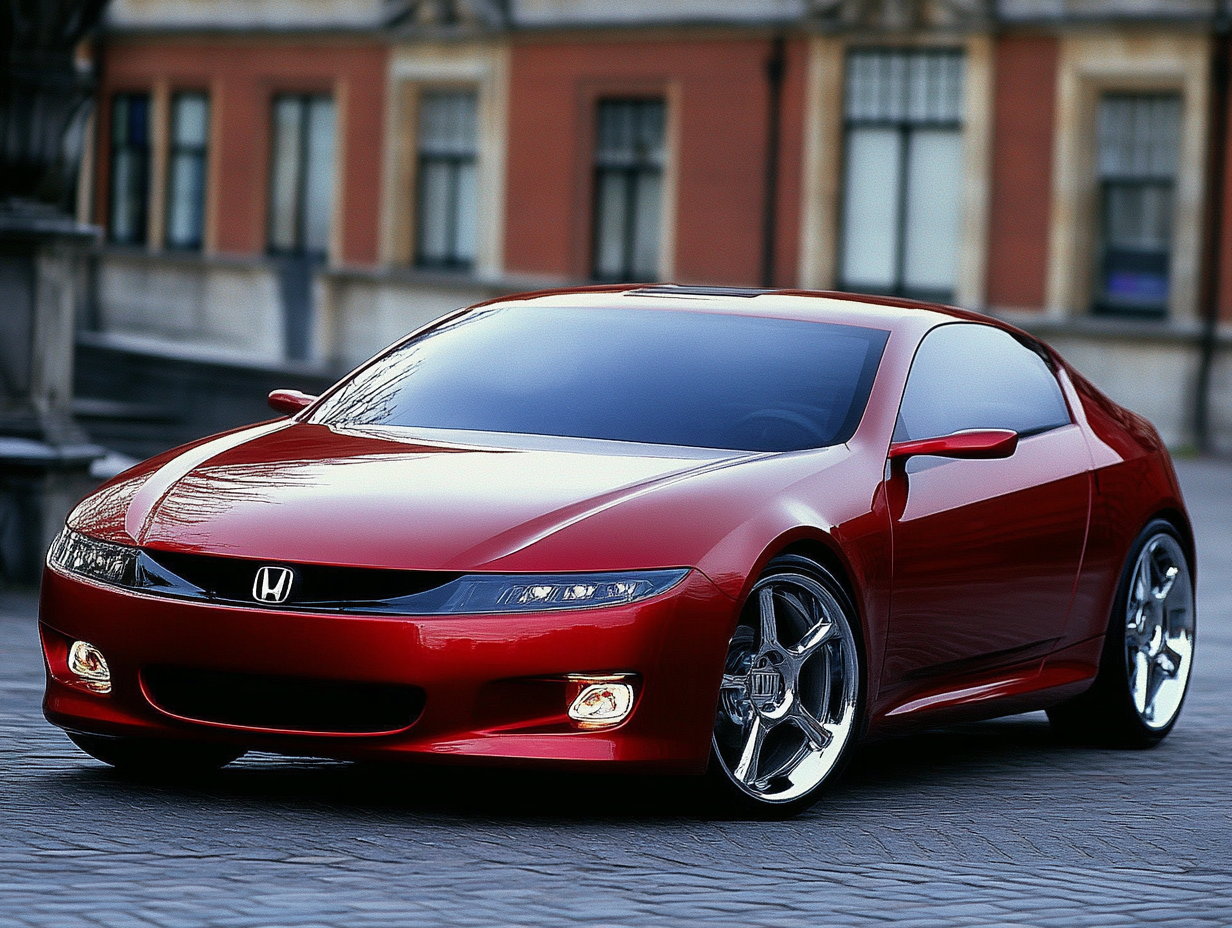Risk of higher tariff on components drives the automaker to change sources
Honda Motor will procure batteries for its hybrid vehicles (HVs) from Toyota Motor’s plant in the U.S., Nikkei has learned, as President Donald Trump’s latest tariff announcements begin to reshape global supply chains.
Starting in fiscal 2025, Honda will take in batteries for approximately 400,000 vehicles, enough for all of the HVs it sells in the country.
Honda now sources batteries for the cars it assembles in the U.S. from Japan and China but is bracing for the higher tariff risk under Trump. Honda’s move is part of a wider effort by Japanese automakers to join forces in establishing new supply chains.
Trump has announced that he will scrap his predecessor Joe Biden’s initiative to promote electric vehicles. With headwinds against EVs, demand is growing for HVs, which are more fuel-efficient than gasoline-powered vehicles.
S&P Global Mobility estimates U.S. HV sales will rise to 4.12 million units by 2030, 2.5 times greater than in 2024, accounting for a quarter of new car sales. Ramping up HV production has become a pressing priority for Japanese carmakers as well.
Toyota is investing $14 billion to build its first overseas battery plant in North Carolina. The plant will start supplying HV batteries in April.
Honda’s HV sales in the U.S. hit 308,000 in 2024, or 22% of the 1.42 million vehicles all automakers sold in the country.
Honda aims to increase its global HV sales, excluding China, by 50% from 2024 to 1.3 million units by 2030. The batteries procured from Toyota will likely be used in the CR-V, an SUV, and in other models.
Honda has been purchasing batteries from Japanese and Chinese producers and shipping them to the U.S. But the rising tariff threat as well as the change in the U.S. EV policy have required a supply chain restructuring.
On March 4, the U.S. imposed an additional 10% tariff on all imports from China, on top of a 10% tariff that started on Feb. 4. Trump will likely raise tariffs on auto imports from Japan to 25% from the current 2.5%.
Additional tariffs could have a significant impact. As Japan exports some 1.3 million cars to the U.S. each year, the planned 25% tariff is estimated to cost the U.S. subsidiaries of six major Japanese automakers about $20 billion in additional levies. Given the broad base of the automotive supply chain, a wide range of components, including HV batteries, could also be hit by higher tariffs.
Honda estimates that 25% reciprocal tariffs on Mexican and Canadian goods could cost the company around $4.7 billion annually. The company plans to shift some production from Canada and Mexico to the U.S. and restructure its supply chain to minimize the impact on its business.
As for Toyota, it plans to increase the ratio of electric models, including hybrids, that it sells in North America from 40% of total sales in 2024 to 80% by 2030. The automaker has allocated huge amounts of money to its U.S. battery factory. By adding Honda to its client list, Toyota can reduce the costs associated with the plant.
Automakers around the globe have started to reshape their supply chains. Since January, General Motors of the U.S. has scaled back production at its plant in northern Mexico that produces Chevrolet EVs.
In February, European automaker Stellantis temporarily suspended operations at its plant in Ontario, Canada, that makes Jeep SUVs and is reopening a closed factory in the U.S. state of Illinois to produce midsize pickup trucks.






